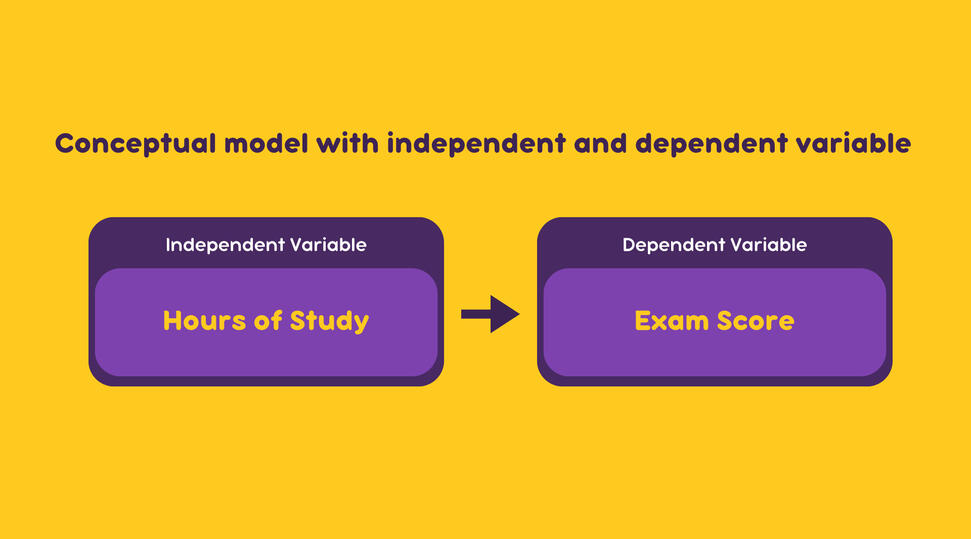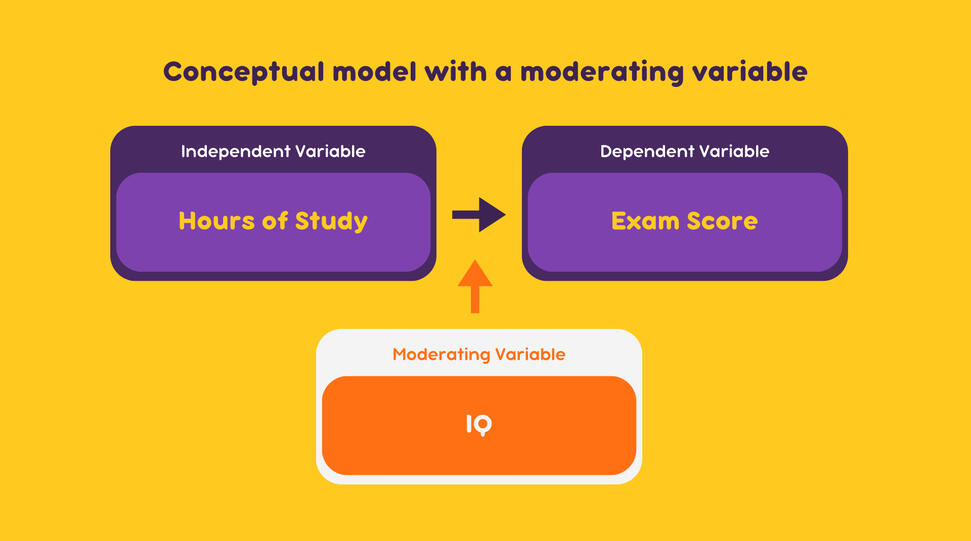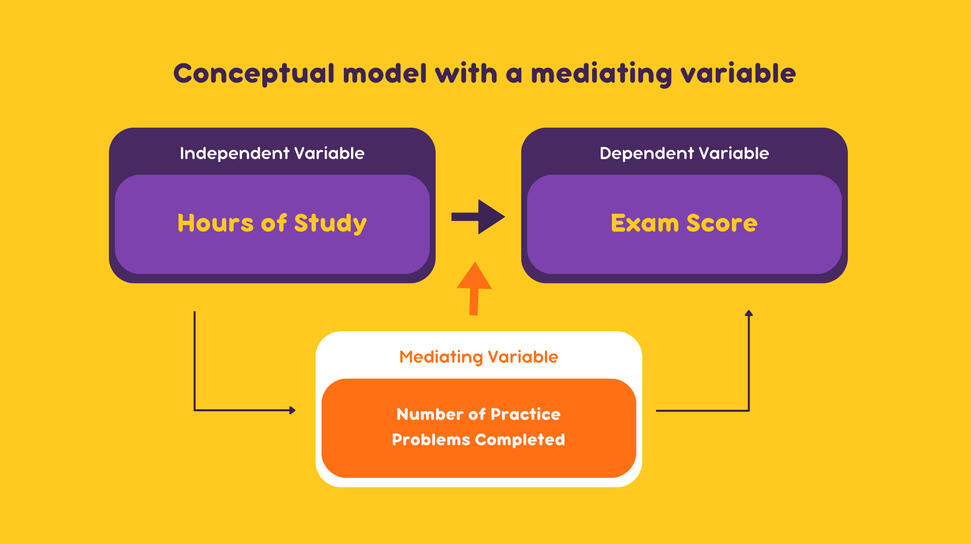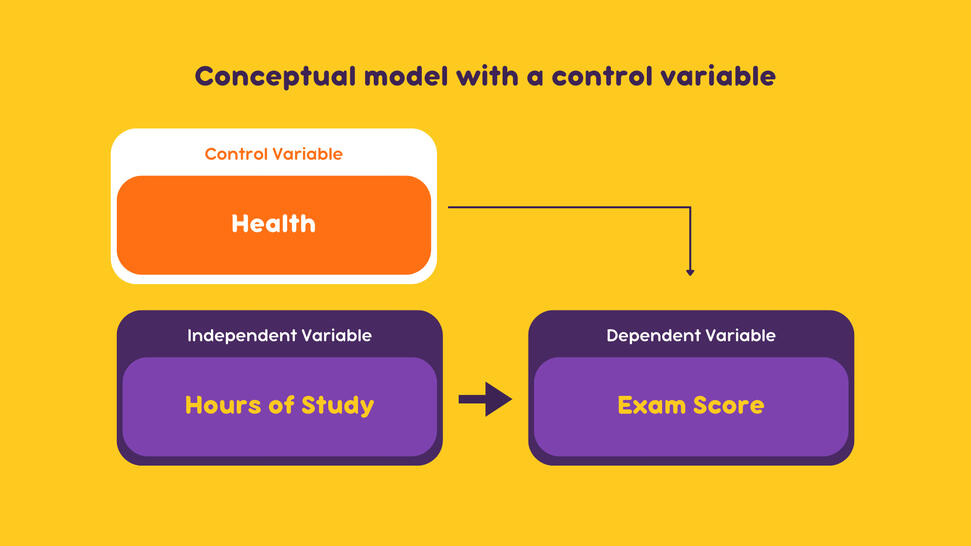Conceptual Framework
I. What?
A conceptual framework is a representation of the relationship you expect to see between your variables, or the characteristics or properties that you want to study.
II. HOW?
Step 1: Choose the research question you will investigate.Step 2: Select the variables both independent and dependent which you will measure and map out to relate to one another,Step 3: Visualize your cause-and-effect relationshipStep 4: Identify other influencing variables

Example 1: Moderating Variable
Moderating Variables (or moderators) alter the effect that an independent variable has on a dependent variable. In other words, moderators change the “effect” component of the cause-and-effect relationship.

Example 2: Mediating Variable
In this case, the mediator helps explain why studying more hours leads to a higher exam score. The more hours a student studies, the more practice problems they will complete; the more practice problems completed, the higher the student’s exam score will be.

Example 3: With Control Variable
Now, we add “health” to our conceptual framework but decide to keep it constant. This means we’ll only include participants who are in good health on the day of the exam.

Statement of the Problem
I. What
There should be a general statement of the whole problem followed by the specific questions or sub-problems into which the general problem is broken up.
II. SAMPLE


Hypothesis
I. What?
Is a tentative answer to a research question, it can be derived:
From the observation before the research is conducted. This is called the inductive hypothesis.
From the theory. This is called the deductive hypothesis.
Consider the following:
•The relevant variables
•The specific group being studied
•The predicted outcome of the experiment or analysis
II. Phrasing your Hypothesis
Is a tentative answer to a research question, it can be derived:
A. IF-THEN form
If a first-year student starts attending more lectures, then their exam scores will improve.
B. In terms of CORRELATIONS
The number of lectures attended by first-year students has a positive effect on their exam scores.
C. Stating the DIFFERENCE you expect to find between two groups. First-year students who attended most lectures will have better exam scores than those who attended few lectures.
First-year students who attended most lectures will have better exam scores than those who attended few lectures.
III. Types of Hypothesis
A. Null hypothesis: default position that there is no association between the variable
Ho: The number of lectures attended by first-year students has no effect on their final exam scores.
B. Alternative hypothesis: claims that there’s an effect in the population.
Ha: The number of lectures attended by first-year students has a positive effect on their final exam scores.